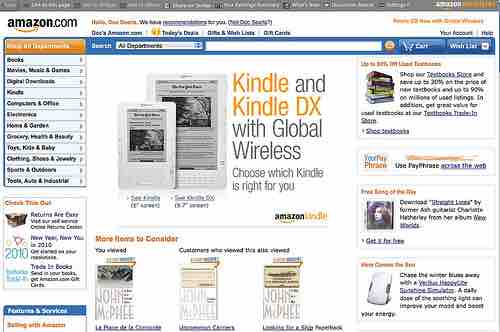Introduction
Since price competition can only go so far, firms often engage in non-price competition. Non-price competition is a marketing strategy "in which one firm tries to distinguish its product or service from competing products on the basis of attributes like design and workmanship. "
The firm can also distinguish its product offering through quality of service, extensive distribution, customer focus, or any other sustainable competitive advantage other than price.

Amazon.com
Amazon.com makes shopping and researching products, prices, and seller reliability quick and easy for its customers. Its prices are low, but not necessarily the lowest.
The idea is to try to convince consumers that they should buy these products, not just because they are cheaper, but because they are in some way better than those made by competitors.
It can be contrasted with price competition, which is where a company tries to distinguish its product or service from competing products on the basis of a low price.
The Benefits of Non-price Compeition
Non-price competition typically involves promotional expenditures (such as advertising, selling staff, the locations convenience, sales promotions, coupons, special orders, or free gifts), marketing research, new product development, and brand management costs.
Firms will engage in non-price competition, in spite of the additional costs involved, because it is usually more profitable than selling for a lower price and avoids the risk of a price war. For example, brand-name goods often sell more units than do their generic counterparts, despite usually being more expensive. Non-price competition may also promote innovation as firms try to distinguish their product.
Although any company can use a non-price competition strategy, it is most common among oligopolies and monopolistic competition, because these firms can be extremely competitive.